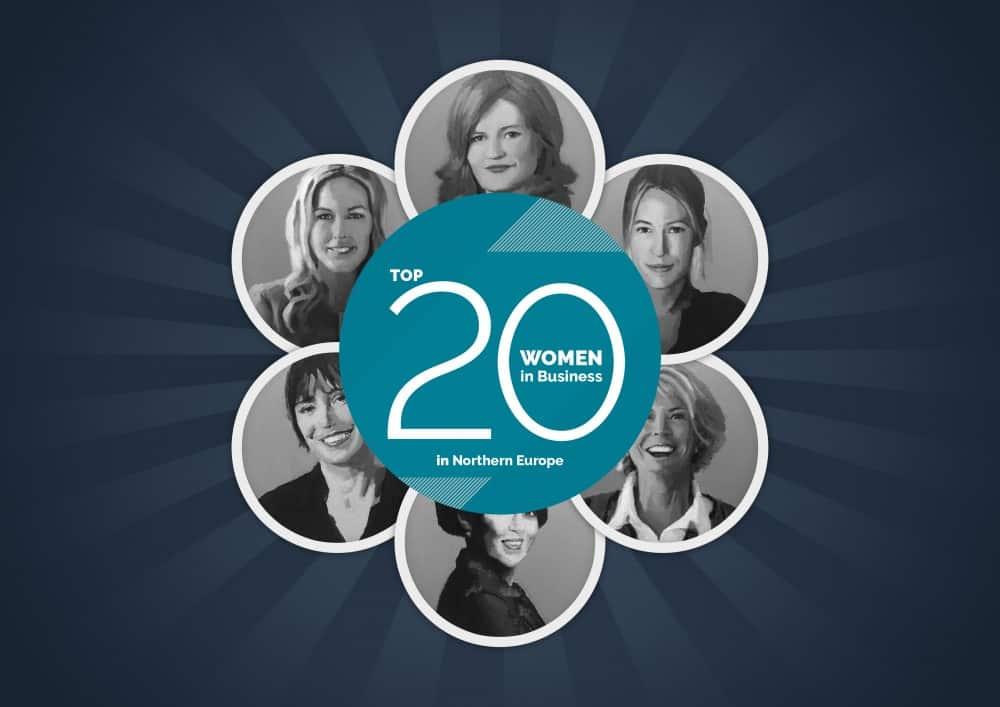10Aug2015
A 2013 study by the European Commission found that women comprised just 16.6 percent of board members in publicly listed companies across the Union’s 27 member states.
When the reputable business magazine Fortune ranked 2014’s most powerful women in business, it noted that nearly half of them were chief executives of major companies. Many were also driving significant strategic transformations in industries typically considered to be male-dominated, such as technology, energy, defense and automotive. This development alone should put to rest the notion that women don’t make good leaders.
Although a growing number of women executives are making their presence felt in the upper echelons of the corporate world, the broader reality is that overall, there has been little movement in the number of women on boards in corporate America.
In 2013, the US-based diversity-promoting non-profit Catalyst surveyed women’s representation on the boards of Fortune 500 companies. It found that the proportion of women on corporate boards in the US in 2013 remained unchanged from the previous year at just 16.9 percent.
Across the Atlantic in Europe, the situation is not much different. A 2013 study by the European Commission found that women comprised just 16.6 percent of board members in publicly listed companies across the Union’s 27 member states.
The Commission considered this to be “encouraging progress”, adding that it represented an increase of 2.3 percentage over the previous year and of 5 percentage points since 2010 when it first announced “targeted initiatives to get more women into decision-making positions”.
Quotas bring gains in women’s representation
It pointed out, however, that as many as one in four listed companies still had no women in their boardrooms, dimming hopes of reaching a gender representation target of 40 percent by 2020. In a bid to reach that goal, the Commission proposed legislation to reach the 40-percent objective in non-executive board positions in listed companies, excluding small and medium enterprises (SMEs). Although the pan-European legislation did not succeed, some countries moved to independently introduce quotas to ensure that women could also inhabit the corridors of corporate power.
Mandating gender quotas for board composition appears to have worked at least in the case of Norway, where the median of female board members in stock listed companies reached 40 percent by 2007, up from 0 percent in 2003.
Following Norway’s lead Spain, France and Iceland also introduced quotas, while Italy and Belgium set targets of one-third and 30 percent respectively. Germany most recently took the quota system on board and adopted legislation in March 2015 requiring companies to allocate 30 percent of supervisory seats to women with effect from 2016.
Policy measures the main driver for change
The European Commission’s study noted that in spite of the gains in some countries, women are still weakly represented in boardrooms across the region, and in general, are more likely to hold non-executive positions. It also pointed out that in those countries that did see an increase in female board representation, the change was driven by legislative or policy measures.
According to the Commission, of the 33 countries that it studied just two – Norway and Iceland – had achieved gender-balanced boards. In both cases that success could be attributed to the adoption of legislative quotas. The Commission concluded that the outcomes support the view that binding policy measures are critical for securing lasting and effective change.
Sources:
Catalyst Census 2013: Fortune 500 Women Board Directors report: http://www.catalyst.org/knowledge/2013-catalyst-census-fortune-500-women-board-directors
European Commission: Women and men in leadership positions in the European Union, 2013
http://ec.europa.eu/justice/gender-equality/files/gender_balance_decision_making/131011_women_men_leadership_en.pdf
Fortune Magazine: Most Powerful Women in Business 2014
http://fortune.com/most-powerful-women/
Advert
[sam id=4 codes=’false’]


 by:
by: 
 by:
by: